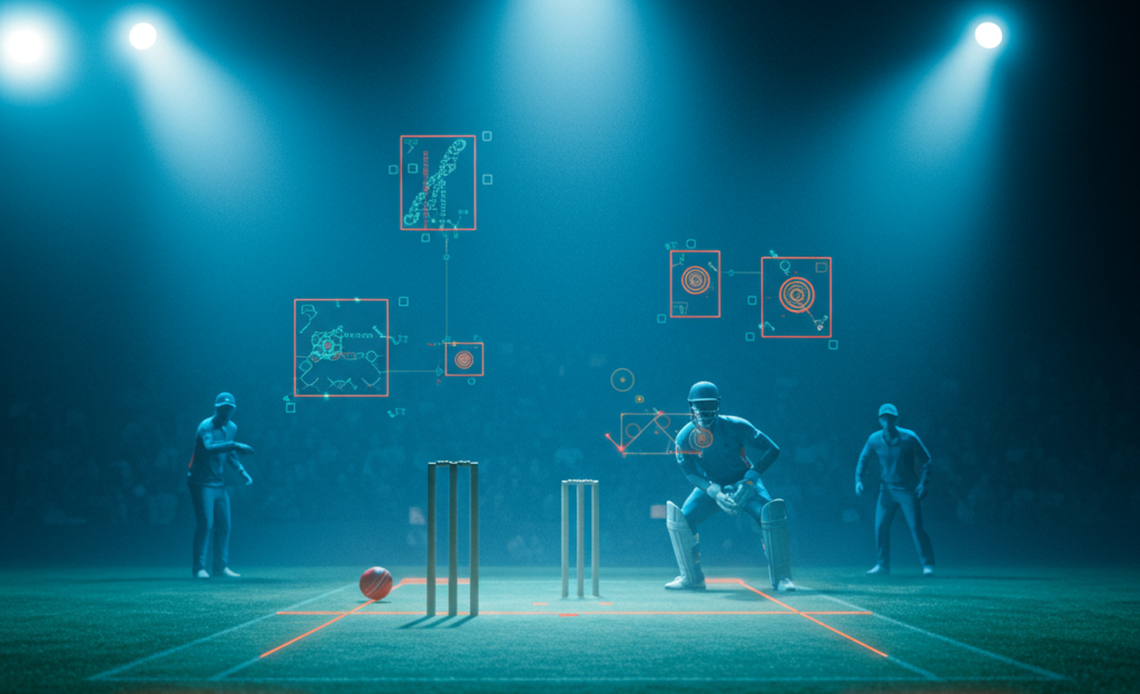
The success of image annotation in cricket relies on the use of AI-powered annotation tools for accurate data labeling. These tools employ sophisticated algorithms to automatically detect and label objects of interest in images and videos, such as the ball, players, stumps, and boundaries. The algorithms are trained on large datasets of annotated images, allowing them to learn to recognize these objects with a high degree of accuracy. This automated process significantly reduces the need for manual annotation, saving time and resources. The tools also offer features for correcting and refining the automated annotations, ensuring that the data is as accurate as possible. This combination of automation and human oversight ensures that the data is both efficient and reliable.
Computer vision technology plays a crucial role in ball and player tracking. By analyzing the video footage of a cricket match, computer vision algorithms can identify and track the movement of the ball and players in real-time. This information is then used to generate data on ball speed, trajectory, player position, and movement patterns. This data can be used to create visualizations and reports that provide insights into the game’s dynamics. For example, computer vision can be used to track the ball’s speed and trajectory after it leaves the bowler’s hand, allowing analysts to assess the effectiveness of different bowling techniques. It can also be used to track the movement of batsmen as they run between the wickets, allowing analysts to evaluate their speed and agility. Through Data Annotation Services For Sports Vision, these technologies can be implemented in an organization.
The ultimate goal of image annotation in cricket is to provide real-time data analysis for informed decision-making. By processing and analyzing data in real-time, teams can gain immediate insights into the game’s dynamics and make adjustments to their strategies accordingly. For example, if the data shows that a particular bowler is consistently bowling a certain type of delivery, the captain can adjust the field placement to take advantage of this tendency. Similarly, if the data shows that a particular batsman is struggling against a certain type of bowling, the coach can provide them with specific advice and training to help them overcome this weakness. This ability to make data-driven decisions in real-time can give teams a significant competitive advantage, allowing them to adapt to changing circumstances and capitalize on opportunities as they arise.


